China : Rapid Growth and Urban Demand
China holds a commanding market share of 40% in the APAC organic baby food sector, valued at $1200.0 million. Key growth drivers include rising health consciousness among parents, increasing disposable incomes, and urbanization trends. The demand for organic products is bolstered by government initiatives promoting healthy eating and stringent regulations on food safety. Infrastructure improvements in logistics and distribution further enhance market accessibility.
India : Growing Awareness and Demand
India's organic baby food market is valued at $800.0 million, accounting for 25% of the APAC market. The growth is fueled by increasing awareness of nutrition and health among parents, alongside government support for organic farming. Urban areas like Mumbai and Delhi are witnessing a surge in demand for organic baby food products. The competitive landscape features major players like Nestle and Danone, who are adapting to local tastes and preferences.
Japan : Cultural Influence on Consumption
Japan's organic baby food market is valued at $600.0 million, representing 20% of the APAC market. The growth is driven by a strong cultural emphasis on quality and safety in food products. Regulatory policies ensure high standards for organic certification, fostering consumer trust. Cities like Tokyo and Osaka are key markets, with local brands competing alongside international players like Hipp and Gerber, catering to specific dietary preferences.
South Korea : Health-Conscious Consumer Base
South Korea's organic baby food market is valued at $400.0 million, making up 13% of the APAC market. The growth is propelled by a health-conscious population and innovative product offerings. Government initiatives support organic farming, while urban centers like Seoul are seeing increased demand for premium organic products. Major players such as Happy Family and Little Spoon are capitalizing on this trend, focusing on convenience and nutrition.
Malaysia : Market Expansion and Awareness
Malaysia's organic baby food market is valued at $250.0 million, accounting for 8% of the APAC market. The growth is driven by rising health awareness and a shift towards organic consumption. Government policies promoting organic agriculture are enhancing market conditions. Key cities like Kuala Lumpur are witnessing increased availability of organic baby food products, with local brands competing against international giants like Nestle.
Thailand : Cultural Shift Towards Health
Thailand's organic baby food market is valued at $300.0 million, representing 10% of the APAC market. The growth is fueled by changing consumer preferences towards healthier options and government support for organic farming. Bangkok is a key market, with a growing number of retailers offering organic baby food. The competitive landscape includes both local and international brands, with a focus on quality and sustainability.
Indonesia : Cultural Diversity and Demand
Indonesia's organic baby food market is valued at $350.0 million, making up 11% of the APAC market. The growth is driven by increasing urbanization and a rising middle class. Government initiatives to promote organic farming are also contributing to market expansion. Key cities like Jakarta and Surabaya are central to the market, with major players like Gerber and local brands competing for consumer attention.
Rest of APAC : Varied Growth Across Regions
The Rest of APAC organic baby food market is valued at $556.81 million, accounting for 18% of the overall market. Growth is uneven, influenced by local regulations and consumer preferences. Countries like Vietnam and the Philippines are emerging markets with increasing demand for organic products. The competitive landscape features a mix of local and international brands, each adapting to regional tastes and preferences.
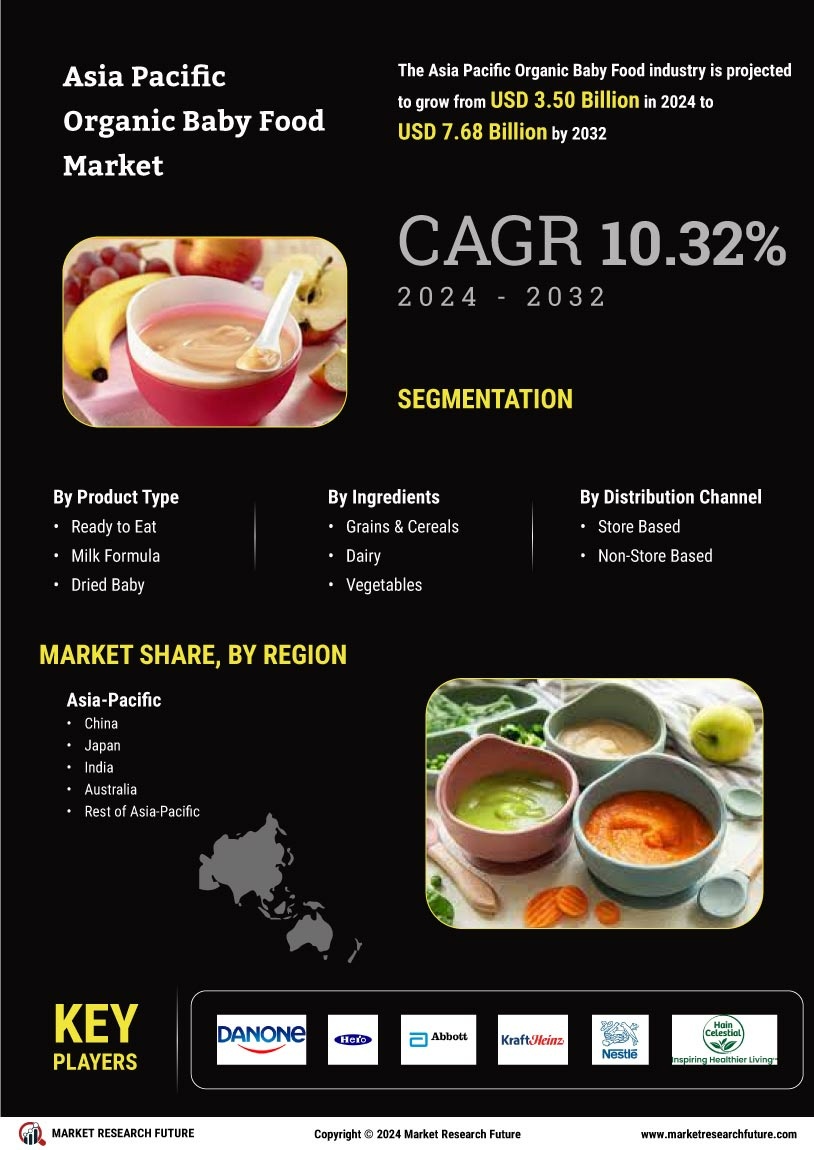

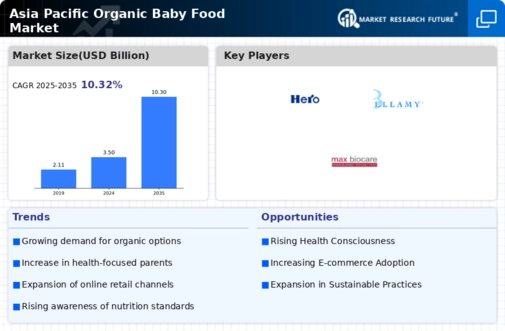
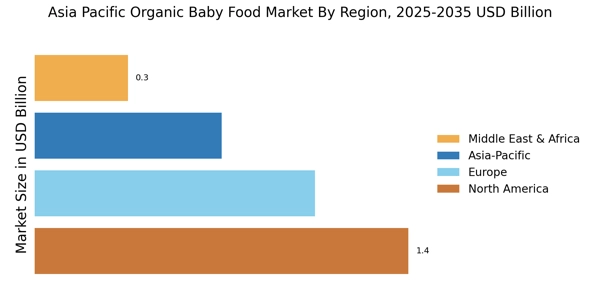
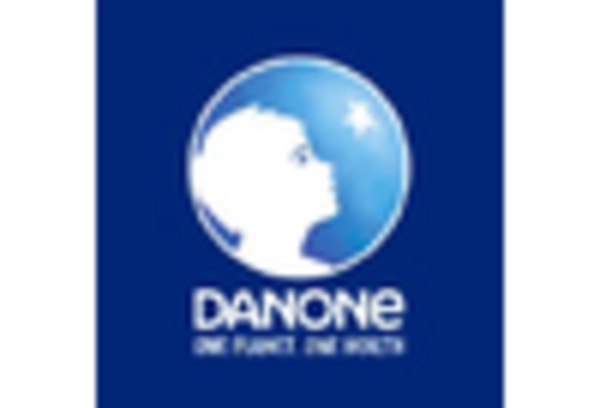
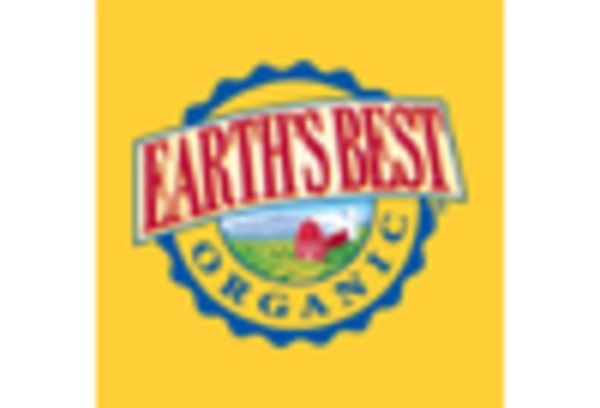
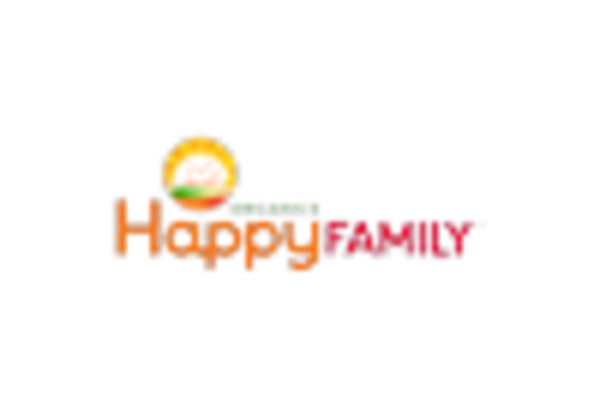
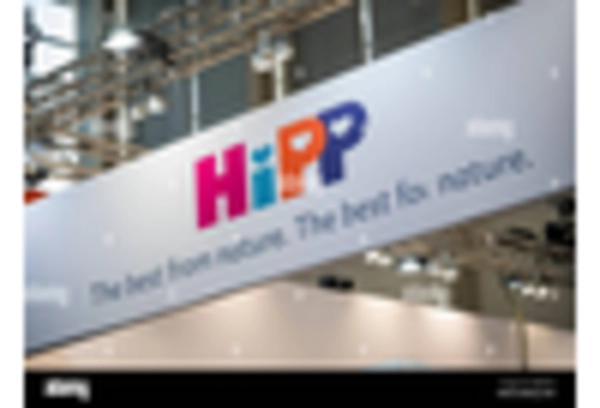
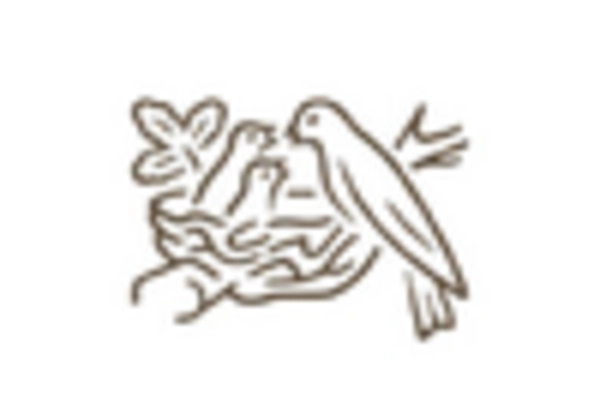
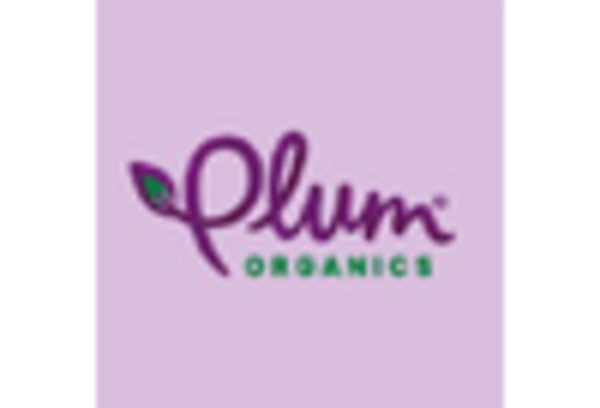








Leave a Comment